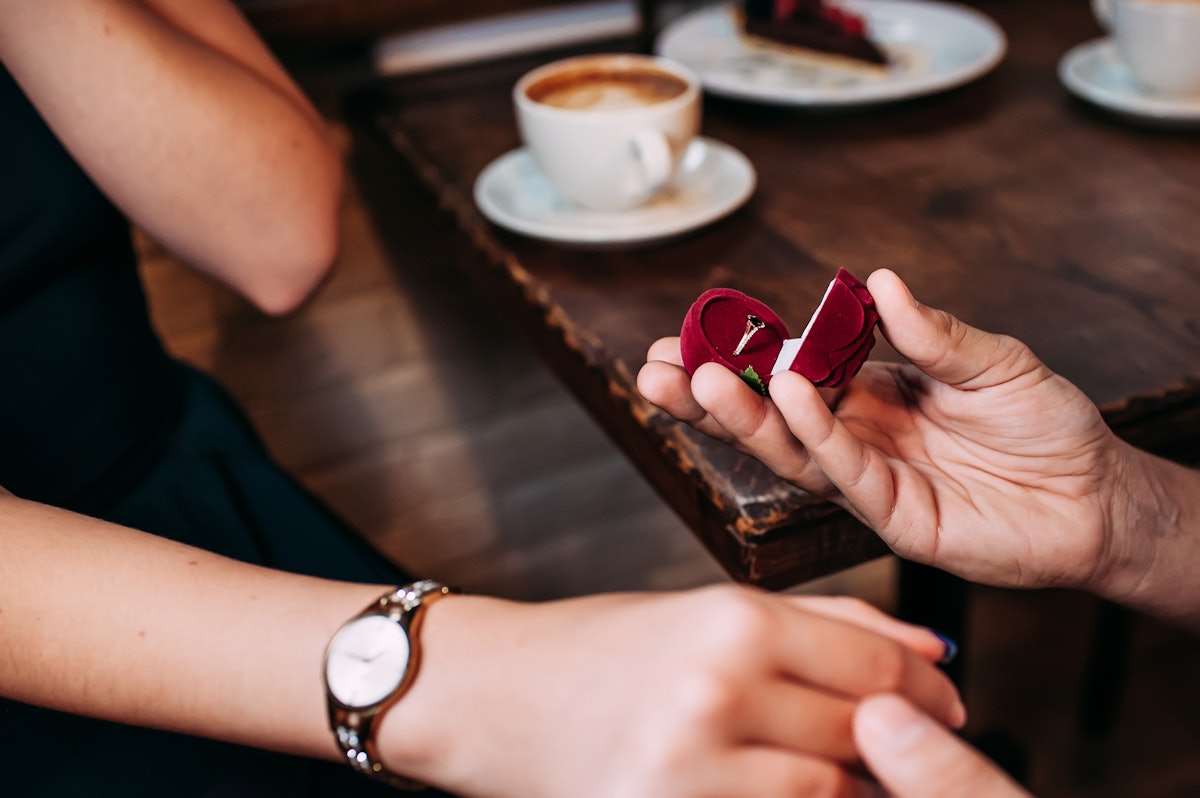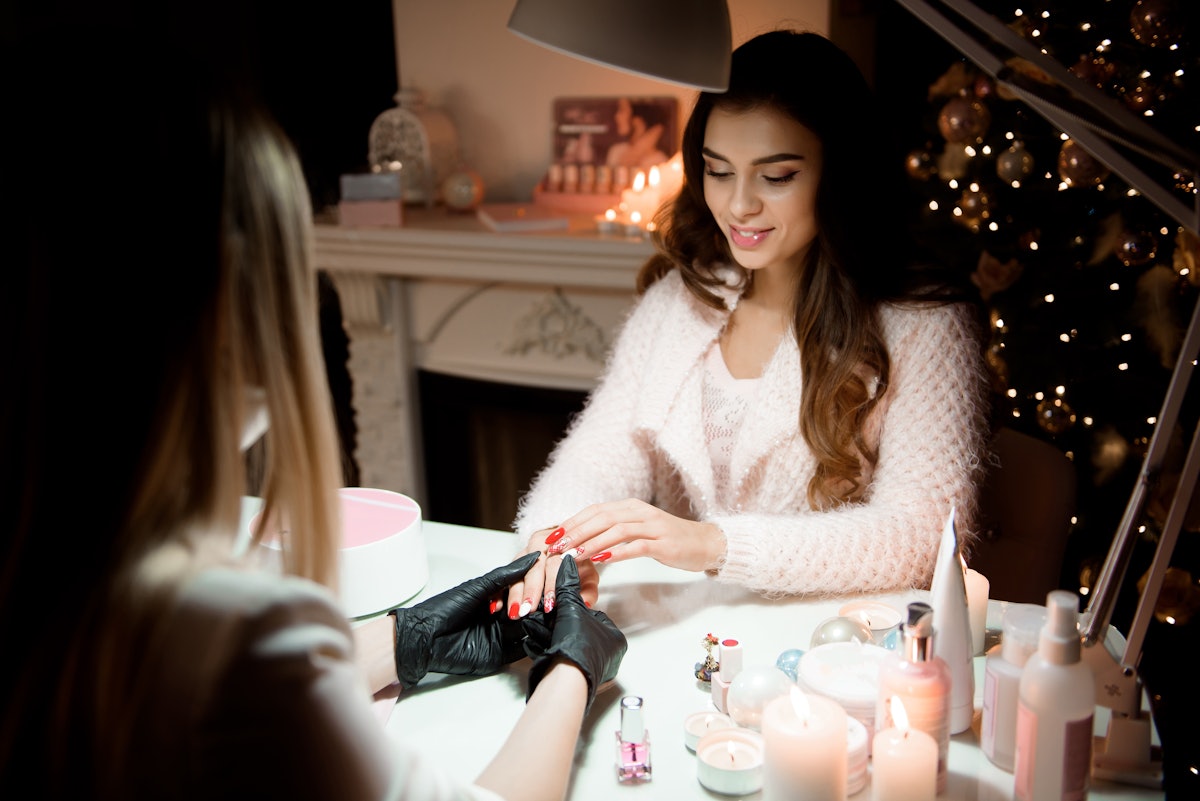Understanding Nail Care for Oncology Clients
Nail care professionals play a crucial role in supporting oncology clients during their treatment journey. Chemotherapy can have significant side effects on the nails, which may affect their health and appearance. It’s essential for beauticians and nail technicians to be informed about these changes and how to accommodate their clients’ needs.
The Impact of Chemotherapy on Nails
When a client undergoes chemotherapy, their body experiences numerous changes, including to their nails. These changes can vary widely among individuals and may include:
- Peeling
- Brittleness
- Onycholysis (separation of the nail from the nail bed)
- Discoloration
Among these, brittleness is the most common side effect. Many oncology clients may notice that their nails become weaker and are more prone to breakage.
Quiz Yourself: Test Your Knowledge
To help you assess your understanding of nail care for oncology clients, we’ve prepared a short quiz based on essential information. Let’s dive in!
Question 1: What is the most common side effect of chemo on nails?
A. Peeling
B. Brittleness
C. Onycholysis
D. Discoloration
Question 2: Are nails worth mentioning to the oncologist?
A. True
B. False
Question 3: Chemotherapy can disrupt the growth of nail stem cells because they grow:
A. Slowly
B. Abnormally
C. Fast
D. Backward
Question 4: Are the side effects of chemo on nails the same for everyone?
A. True
B. False
Question 5: During treatment, it is best to keep nails:
A. Long
B. Stiletto
C. Short
D. Blue
Question 6: One accommodation for pedicure clients in active oncology treatments is to:
A. Soak the feet longer
B. Soak in oil
C. Avoid soaking
D. Soak in Epsom salt
Question 7: On average, changes to the nails will appear:
A. The day after treatment begins
B. The day of diagnosis
C. Two to three months after the first treatment
D. After the last treatment
Question 8: When you or a client recognize onycholysis is occurring, you should:
A. Gently peel the nails off
B. Glue the nails down
C. Keep the nails short and clean
D. Color the nails with a sharpie
Question 9: Daily use of an oil at home will help the nail cells glide against each other; an important ingredient is:
A. Spit
B. A flowery scent
C. Jojoba
D. Vitamin D
Question 10: Proper curing is only important if you work on clients who are oncology patients.
A. True
B. False
Reviewing the Answers
After completing the quiz, it’s time to review your answers. Here are the correct responses:
- 1) B. Brittleness
- 2) B. False
- 3) C. Fast
- 4) B. False
- 5) C. Short
- 6) C. Avoid soaking
- 7) C. Two to three months after the first treatment
- 8) C. Keep the nails short and clean
- 9) C. Jojoba
- 10) B. False
Supporting Your Oncology Clients
As a nail professional, your ability to provide safe and effective nail care can greatly enhance your oncology clients’ quality of life. Keeping nails short, avoiding excessive soaking, and using nourishing oils like jojoba can help mitigate the negative side effects of chemotherapy on nails. Always prioritize communication and create an accommodating environment that respects the unique needs of your clients undergoing treatment.
Conclusion
In conclusion, understanding the specific needs of oncology clients is crucial for any nail professional. By staying educated and aware of the challenges faced by these individuals, you can provide exceptional service that fosters trust and care in your practice. Remember, knowledge is power, and your expertise can make a significant difference in the lives of those battling cancer.



